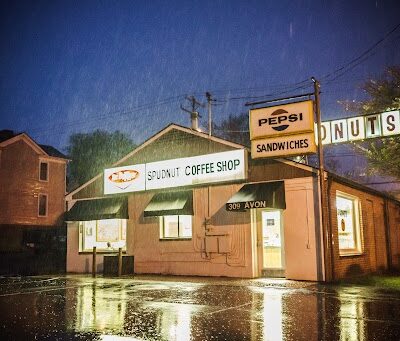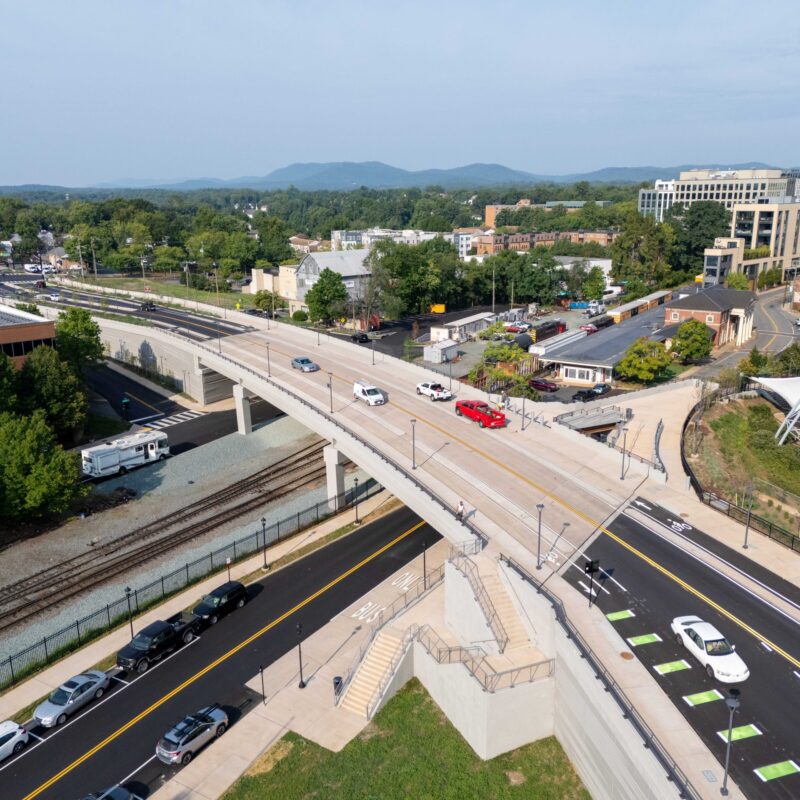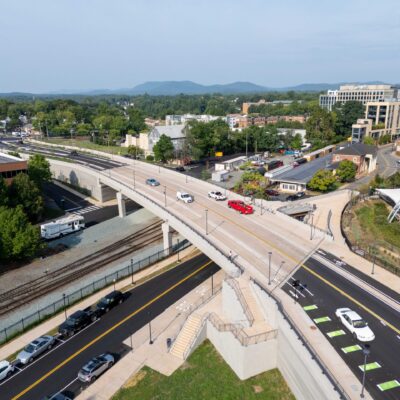Several rural ordinances when passed by Albemarle County Supervisors February 6 were billed as moderate measures designed to promote the environmental health of the rural areas. But some developers and engineers say that the measures are adding thousands of dollars to the permitting process and in some instances cutting off large portions of developable land.
A requirement that driveways be able to accommodate emergency vehicles adds cost and time to the building permit process. Rural area building permit applicants were notified by letter of the new requirements, effective February 7. Most notably, those requirements include an erosion and sediment control plan, a complicated document usually completed by engineers and which could require surveying. Developers and engineers with knowledge of the process estimate that the requirements add $3,000 to $10,000 to the cost of each building permit.
 “When I approved the stream ordinance, I did not intend to downzone substantial parts of the rural area in what I would consider to be a backdoor way,” said Supervisor Dennis Rooker. |
“Many applicants may find it necessary to retain the services of a design professional to prepare and process the Erosion and Sediment Control Plan,” reads the county’s letter. “…If you are not experienced with these plans, you may find the process time consuming and frustrating.” In other words, don’t try this at home. It’s a boon for engineering firms, but it particularly stings private individuals trying to build on rural land.
“I don’t see how the environment has been protected by these measures,” says Paul Beyer of Beyer Homes by e-mail. “This has just generated a lot of paperwork, with layers of bureaucracy added to a fairly straightforward process.”
Some see the measures as a backdoor way of downzoning the rural areas by adding complications to cut down on the roughly 250 new homes built there annually. So far, the building permit data is inconclusive: Sixteen building permits were requested in February, just slightly below the monthly average of 18 in 2007—a dip particularly meaningless in times of economic downturn.
“It’s simply too early to measure it objectively,” says Mark Graham, the county’s director of community development, who estimates that the driveway requirements add two weeks to county review. Staff informed the Board of Supervisors before its decision that the driveway requirements would add time and expense to the process.
Speaking at a March 12 work session, several supervisors said that they did not intend a sneaky downzoning with the new ordinances. They had convened to examine unintended consequences from the way county staff is enforcing a stream buffer ordinance, which was expanded to the entire county as part of the February 6 vote.
“When I approved the stream ordinance, I did not intend to downzone substantial parts of the rural area in what I would consider to be a backdoor way,” said Dennis Rooker. Supervisor David Slutzky said that while he would like to downzone the rural area, he’d like to do so directly.
Supervisors agreed to consider loosening staff interpretation of the stream buffer ordinance that some complained cut off development rights. County staff has been prohibiting stream crossings unless they’re necessary to build one house on a parcel. That was applied no matter how large the parcel. In an extreme example, the ordinance has meant limiting the development rights on a 400-acre parcel to a handful of the 19 development lots theoretically available.
“The intent is good,” says an engineer, speaking on condition of anonymity because he does not have client permission, “but it unfairly penalizes one group of people.”
C-VILLE welcomes news tips from readers. Send them to news@c-ville.com.





